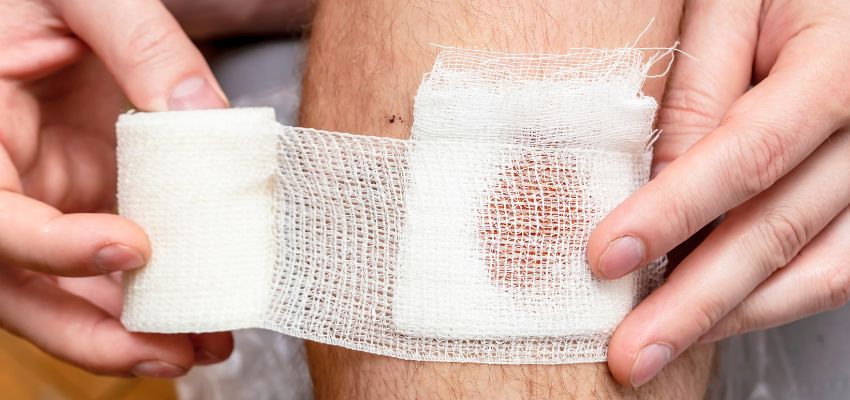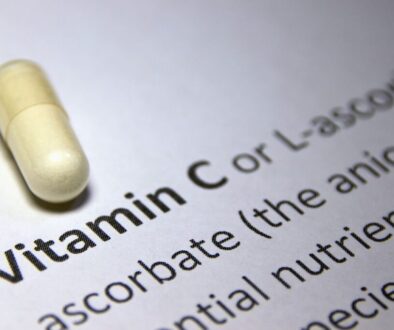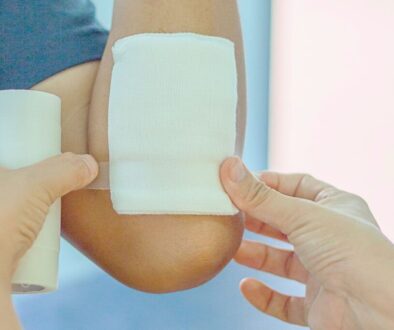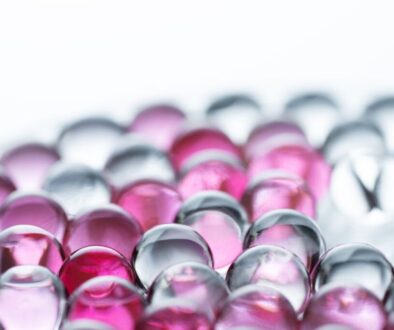Are Antimicrobial Wound Treatments The Secret To Recovery?
Dealing with a wound that refuses to heal can be a challenging and frustrating experience. For many, what begins as a minor issue can develop into a persistent problem, leading to ongoing discomfort and concern over time. But what if there was a way to speed up the healing process? Antimicrobial wound treatments could be the game-changer you’ve been looking for.
In this article, we’ll explore what makes some wounds difficult to heal. We’ll also look into how antimicrobial wound treatments can help speed up recovery, highlighting the most commonly used options available today.
Why Do Some Wounds Refuse To Heal?
Healing is a complex interplay between your body’s natural defenses and the care provided to the wound. But what happens when this intricate process falters, and some wounds simply don’t heal as expected?
How Infections And Bacteria Get In The Way
When a wound gets infected, bacteria can invade the damaged tissue. This slows down healing and harms healthy cells. Bacteria release toxins that delay recovery and strain the immune system. The longer the infection stays, the higher the risk of complications. Quick treatment is crucial.
Why Do Some Wounds Become Chronic Or Slow To Heal
Chronic wounds are a common issue for people with underlying health conditions. These wounds fail to move through the normal wound healing stages: inflammation, proliferation, and remodeling. Conditions like diabetes, poor circulation, or a weak immune system can delay healing. This slows recovery and makes treatment more difficult.
What Are Biofilms—And Why Are They A Problem?
Biofilms are protective layers formed by bacteria over wounds. They shield bacteria from antibiotics and immune cells. This makes infections much more challenging to treat. Bacteria that are contained within biofilms are highly resistant to antibiotics. Overcoming this challenge requires targeted antimicrobial treatments.

How Antimicrobial Treatments Can Help
Antimicrobial wound treatments kill or stop the growth of harmful bacteria. They’re a powerful solution for stubborn, non-healing wounds.
What Are Antimicrobial Wound Treatments?
These treatments use specialized topical agents to target bacteria, viruses, and fungi in wounds. They break down biofilms, which protect harmful microorganisms. This helps create an environment that supports faster healing.
How Do They Work?
Unlike traditional antibiotics, antimicrobial treatments are applied directly to wounds. This allows them to target bacteria at the source, including those in biofilms. Ingredients like octenidine dihydrochloride (OCT) and polyhexanide (PHMB) disrupt bacterial membranes. They quickly and effectively neutralize harmful microbes.
Why Choose Antimicrobials Over Antibiotics?
System antibiotics often fail to penetrate biofilms. They also risk creating antibiotic-resistant bacteria. Antimicrobial treatments focus on localized wound care. They target infections directly without causing antibiotic resistance.
Common Types Of Antimicrobial Wound Treatments
Antimicrobial treatments play a crucial role in preventing and managing wound infections. They come in sprays, creams, and advanced dressings. Each is designed to promote healing and protect against harmful microbes. Here are the most commonly used options:
Topical Antiseptic Agents
Topical antiseptics are essential for wound care, helping to eliminate harmful bacteria and promote healing. Here’s a closer look at some commonly used agents:
- Octenidine dihydrochloride (OCT). This gentle yet effective antiseptic targets bacteria, fungi, and certain viruses. OCT is well-tolerated by the skin and carries a low risk of resistance, making it a reliable choice for wound care.
- Polyhexanide (PHMB). Also called polyhexamethylene biguanide, PHMB is known for its strong antibacterial properties. It works well against biofilms, which are protective layers formed by bacteria. It’s often used in wound gels and rinses. PHMB is also gentle on healthy tissue.
- Povidone-iodine (PVP-I). Also called iodopovidone, it’s a versatile, broad-spectrum antiseptic often used for short-term care. While highly effective, prolonged use of povidone-iodine can cause skin irritation or discoloration.
- Chlorhexidine. This antiseptic is effective against a wide range of bacteria. However, frequent use or high concentrations of chlorhexidine can irritate healthy cells, so it’s best to use it with care.
- Hypochlorous acid (HOCl). HOCl is a skin-friendly antiseptic that mimics the body’s natural immune response. Commonly found in wound sprays and irrigation fluids, it’s well tolerated and gentle on the skin.
- Silver-based treatments (e.g., silver sulfadiazine or silver dressings). Silver-based products offer strong antibacterial and antifungal protection. They’re ideal for burns and chronic wounds. However, using too much can slow down healing.
Each of these antiseptics offers specific benefits, so choosing the right one depends on the type of wound and individual needs.

Antimicrobial Dressings
Designed for advanced wound care, these dressings offer antimicrobial protection. They provide continuous defense and effective wound coverage. They’re available in a variety of specialized options, including:
- Silver-infused dressings
- PHMB-enhanced foam dressings
- Honey-based dressings (e.g., Manuka honey)
- Iodine-infused dressings
- Hydrofiber or hydroactive dressings with integrated antiseptics
Biologically active dressings are a new solution for hard-to-heal wounds. Amniotic tissue allografts by DonorCure show tremendous potential.
These treatments support healing and prevent infection. They’re part of a wound care plan, which includes cleaning, debridement, and monitoring. Products are chosen based on wound type, infection risk, and skin sensitivity.
Frequently Asked Questions
How are they different from antibiotics?
Antibiotics treat infections throughout your whole body. Antimicrobial treatments work differently. They’re applied directly to wounds for fast, localized effects.
Can they be used on any type of wound?
Not all wounds are suited for antimicrobial treatments. Always read the product label or consult a healthcare professional to ensure safe use. Some products may not be appropriate for deep wounds, such as punctures or surgical incisions.
Are there any side effects?
Incorrect or excessive use of antimicrobial treatments can cause mild side effects. These may include skin irritation. To reduce risks, always choose the right product for your wound.
Can they prevent infections from returning?
These treatments effectively combat infections. However, proper wound care and hygiene are crucial to prevent reinfection.
When should you see a doctor?
If your wound does not improve within a week or worsens, consult a healthcare provider promptly.
Are they safe for everyday use on wounds?
Antimicrobial treatments kill bacteria and are gentle on the skin. Overuse, however, can cause minor irritation. Use clinically proven products for safety. Consult a healthcare provider for advice.

Healing Starts With The Right Care
Antimicrobial wound treatments help combat infections, biofilms, and chronic wounds. Their effectiveness improves when used as part of a complete wound care plan. Healing requires attention to both the wound and your overall health. For persistent wounds, consider the benefits of antimicrobial treatments. Talk to a professional and give yourself the best chance for a smooth recovery!
For tougher wounds, DonorCure’s advanced amniotic tissue allografts can be a game-changer. When traditional treatments fall short, these solutions boost healing to help you recover faster. DonorCure could be the key to your recovery!
Heal Ulcers, Burns, & Surgery Wounds With Break-Through Amniotic Allograft Treatments
Experience the future of wound care with our advanced amniotic allograft treatments. Say goodbye to slow healing. Our innovative solutions promote faster recovery from pressure wounds, ulcers, burns, and surgical wounds. Trust the power of science for your healing journey. Regain your comfort and health today! See if you are eligible for treatment here.

About The Author
Corinne Grace is a full-time writer living in the Philippines. She has a nursing degree from Riverside College. Her background in nursing informs her perspective, allowing her to weave in themes of health, empathy, and resilience into her work.




